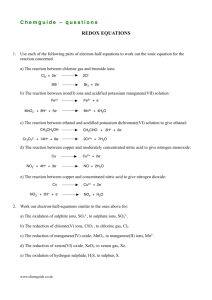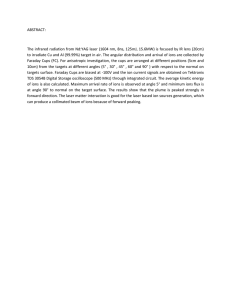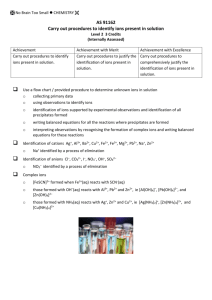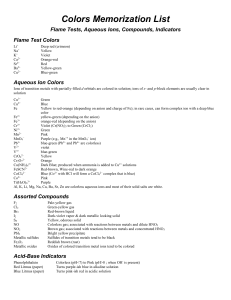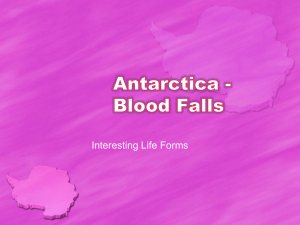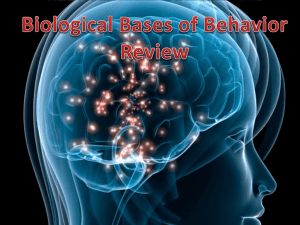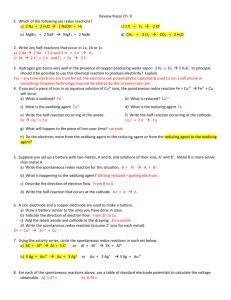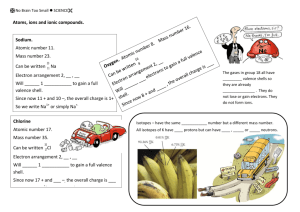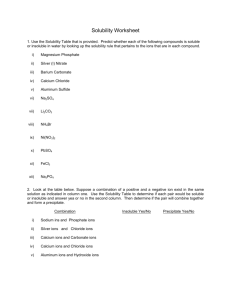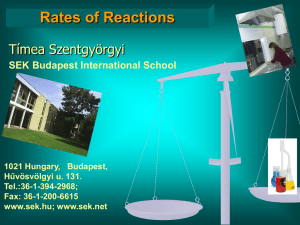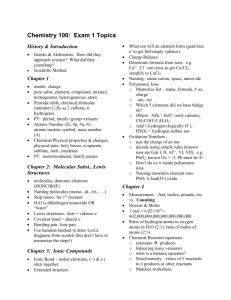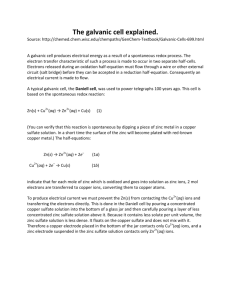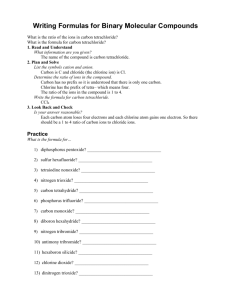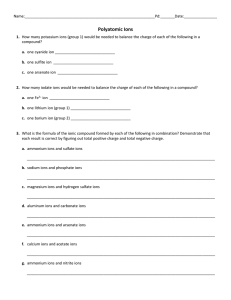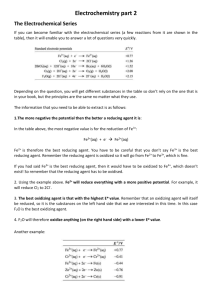Reaction Prediction
advertisement
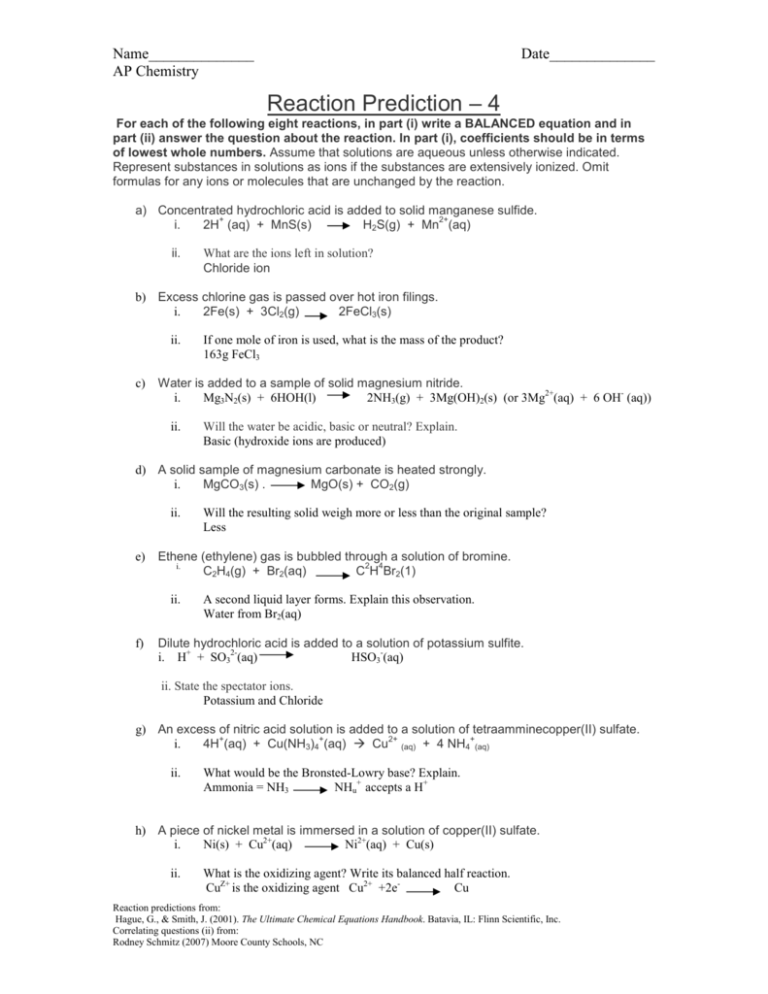
Name______________ AP Chemistry Date______________ Reaction Prediction – 4 For each of the following eight reactions, in part (i) write a BALANCED equation and in part (ii) answer the question about the reaction. In part (i), coefficients should be in terms of lowest whole numbers. Assume that solutions are aqueous unless otherwise indicated. Represent substances in solutions as ions if the substances are extensively ionized. Omit formulas for any ions or molecules that are unchanged by the reaction. a) Concentrated hydrochloric acid is added to solid manganese sulfide. + 2+ i. 2H (aq) + MnS(s) H2S(g) + Mn (aq) ii. What are the ions left in solution? Chloride ion b) Excess chlorine gas is passed over hot iron filings. i. 2Fe(s) + 3Cl2(g) 2FeCl3(s) ii. c) If one mole of iron is used, what is the mass of the product? 163g FeCl3 Water is added to a sample of solid magnesium nitride. i. Mg3N2(s) + 6HOH(l) 2NH3(g) + 3Mg(OH)2(s) (or 3Mg2+(aq) + 6 OH- (aq)) ii. Will the water be acidic, basic or neutral? Explain. Basic (hydroxide ions are produced) d) A solid sample of magnesium carbonate is heated strongly. i. MgCO3(s) . MgO(s) + CO2(g) ii. e) Ethene (ethylene) gas is bubbled through a solution of bromine. 2 4 i. C2H4(g) + Br2(aq) C H Br2(1) ii. f) Will the resulting solid weigh more or less than the original sample? Less A second liquid layer forms. Explain this observation. Water from Br2(aq) Dilute hydrochloric acid is added to a solution of potassium sulfite. HSO3-(aq) i. H+ + SO32-(aq) ii. State the spectator ions. Potassium and Chloride g) An excess of nitric acid solution is added to a solution of tetraamminecopper(II) sulfate. + + 2+ + i. 4H (aq) + Cu(NH3)4 (aq) Cu (aq) + 4 NH4 (aq) ii. What would be the Bronsted-Lowry base? Explain. Ammonia = NH3 NHu+ accepts a H+ h) A piece of nickel metal is immersed in a solution of copper(II) sulfate. i. Ni(s) + Cu2+(aq) Ni2+(aq) + Cu(s) ii. What is the oxidizing agent? Write its balanced half reaction. CuZ+ is the oxidizing agent Cu2+ +2eCu Reaction predictions from: Hague, G., & Smith, J. (2001). The Ultimate Chemical Equations Handbook. Batavia, IL: Flinn Scientific, Inc. Correlating questions (ii) from: Rodney Schmitz (2007) Moore County Schools, NC

